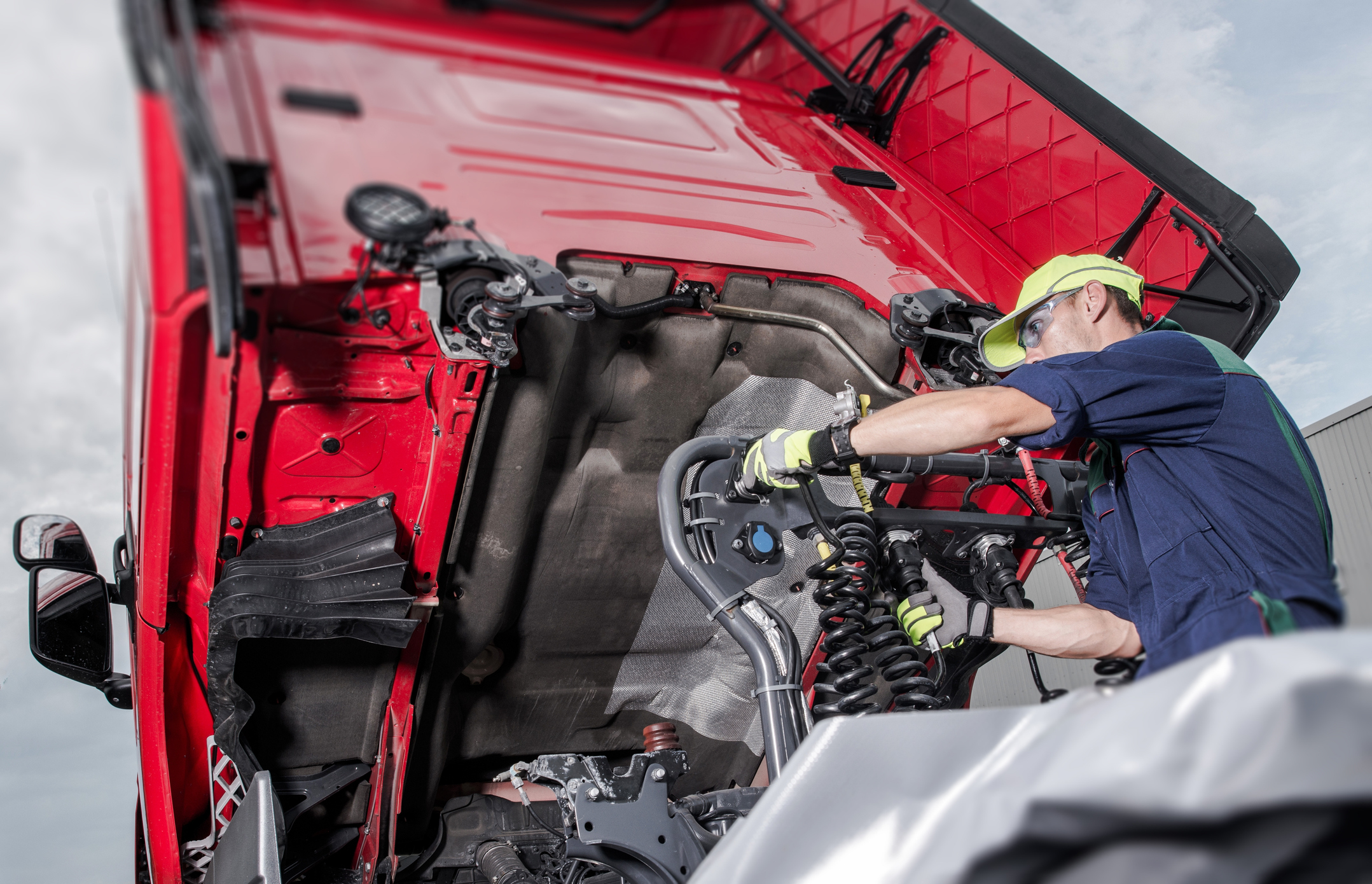Commonly Missed Items from Airbrakes Inspections
One of the most critical systems to inspect during driver vehicle inspection is the airbrakes system. While this is a complicated system, all tractor-trailer licence holders have to take an airbrakes course to get their licence, meaning it’s a commonly taught skill. However, it’s also commonly forgotten.
This article will provide some brief information about commonly missed items when inspecting the airbrakes system. It’s never too late to build up these important professional driving skills.
Pushrod Travel
Many carriers have a culture where this part of the inspection is ignored. It is the most time-consuming part of an inspection, and requires the driver to get under the vehicle, making it relatively physically demanding; but, it still has to be done.
If a pushrod is out of adjustment, though, the brake it’s attached to is no longer completely effective. As the brakes heat up and the linings wear, the pushrod will travel further. Eventually, the brakes won’t work. And, while vehicles are now equipped with automatic slack adjusters, these can fail.
Important safety note! Always make sure the vehicle is secured against movement by using wheel chocks, alternating between the trailer and tractor, or other suitable means of preventing vehicle movement. For more information on pushrod travel, you can look at guidance material from the Commercial Vehicle Safety Alliance (CVSA). [1]
Tractor Protection Valve
The tractor protection valve is meant to stop the flow of air should the trailer lines be severed. If trucks/tractors lacked this safety device, a loss of trailer lines would result in a loss of air brakes for the power unit, a very dangerous situation.
Unlike measuring pushrods, it is an easier thing to do and doesn’t generally require getting under the vehicle. It’s basically done by airing up the system, disconnecting the trailer lines with the trailer supply button pushed in, waiting for the flow of air to stop above the specified pressure, and then making sure the trailer service line also doesn’t exhaust air when the brakes are applied.
For more information, you can access the inspection procedure used by the CVSA. [2]
ABS Lights
Antilock braking system (ABS) lights are used to identify problems with the ABS system. They alert both the driver and law enforcement when there are issues. And, they are a major result in brake-related violations on driver abstracts and carrier safety records.
If the ABS light, whether on the truck or trailer, is on when driving, it means there is a problem with the system. Some people have been known to disable the lights to get around this. However, this doesn’t work: the lights are also supposed to cycle on and then off during the key cycle of the power unit, so a disabled light will still result in a defect on an inspection report.
This is a relatively easy item to inspect. First, if the light is on (whether on the truck’s dashboard or on the trailer), there is an ABS problem that has to be fixed. Second, the truck’s ABS light is very easy to inspect. Simply watch the dashboard to make sure the light comes on and then eventually turns off when starting the engine or cycling the key.
Third, the trailer: this is probably the most challenging. The lights are generally placed on the driver’s side of the trailer, so you may be able to see it cycle in your mirror. You may have to get creative or use an assistant when the light is hard to see. The CVSA has resources on ABS light inspection procedures that you can review for more detailed information specific to your vehicle. [3]
Conclusion
It’s easy to slip into bad habits, like not inspecting airbrake system items. However, you can choose to be a professional driver by educating yourself and making these part of your regular inspection routines.
References
1 – Commercial Vehicle Safety Alliance (CVSA). “Air Brake Pushroad Stroke.” From chrome-extension://efaidnbmnnnibpcajpcglclefindmkaj/https://www.cvsa.org/wp-content/uploads/Airbrake-Pushrod-Stroke-Brochure.pdf.
2 – CVSA. “Tractor Protection Systems.” From chrome- extension://efaidnbmnnnibpcajpcglclefindmkaj/https://www.cvsa.org/wp-content/uploads/Inspection-Bulletin-2010-01-Tractor-Protection-Systems.pdf.
3 – CVSA. “ABS: Look before they lock.” From chrome-extension://efaidnbmnnnibpcajpcglclefindmkaj/https://cvsa.org/wp-content/uploads/Understanding-ABS-Canada.pdf.














Comments are closed